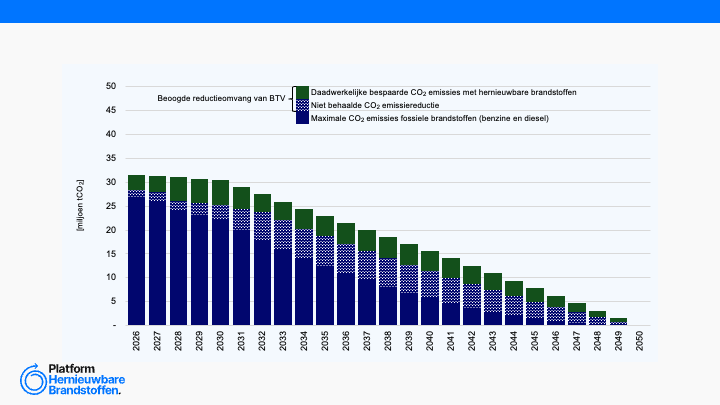A sustainable bioeconomy for Europe - Updated strategy

Strengthening the connection between economy, society and the environment
Update Bioeconomy Strategy
End of 2018, DG Research and Innovation published an updated strategy on reaching a bioeconomy for Europe. From the introduction:
"We live in a world of limited resources. Global challenges like climate change, land and ecosystem degradation, coupled with a growing population force us to seek new ways of producing and consuming that respect the ecological boundaries of our planet. At the same time, the need to achieve sustainability constitutes a strong incentive to modernise our industries and to reinforce Europe’s position in a highly competitive global economy, thus ensuring the prosperity of its citizens. To tackle these challenges, we must improve and innovate the way we produce and consume food, products and materials within healthy ecosystems through a sustainable bioeconomy."
The purpose of the 2018 update to the Bioeconomy strategy published in 2012 is to address these challenges through a set of 14 actions which will be launched in 2019 at the latest, based on the review of the strategy in 2017.
The 2012 Strategy's aim was to "pave the way to a more innovative, resource efficient and competitive society that reconciles food security with the sustainable use of renewable resources for industrial purposes , while ensuring environmental protection". The 2017 Review recognized the success of the strategy achieved but also highlighted that the scope of its objectives should be adapted to the overall European priorities, and actions to be refocussed to maximize impact on these priorities:
ensuring food and nutrient security;
managing natural resources sustainably
reducing dependence on non-renewable, unsustainable resources whether sources domestically or from abroad
mitigating and adapting to climate change
strengthening European competitiveness and creating jobs.
As a result the updated 2010-strategy proposes three main action areas: (1) stretchen and scale-up the bio-based sectors, unlock investments and markets, (2) deploy local bioeconomiesd rapidly across Europe and (3) understand the ecological boundaries of the bioeconomy.
The strategy documents define bioeconomy as "the production of renewable biological resources and the conversion of these resources and waste streams into value-added products, such as food, feed, bio-based products as well as bio-energy".
How bioeconomy is related to the circular economy is also clarified: "A sustainable bioeconomy is the renewable segment of the circular economy".
More information can be found on the site of the European Commission.
Recente artikelen
Analyse brandstoftransitieverplichting



